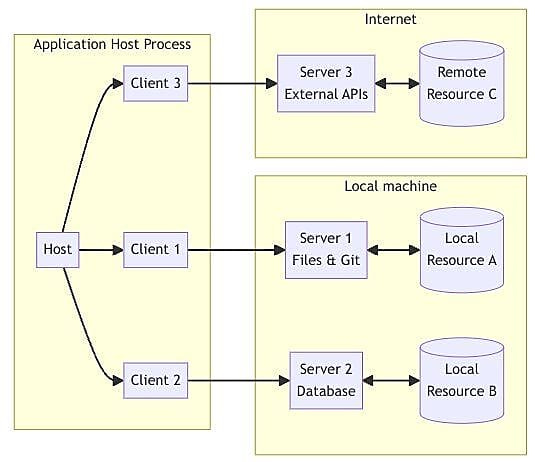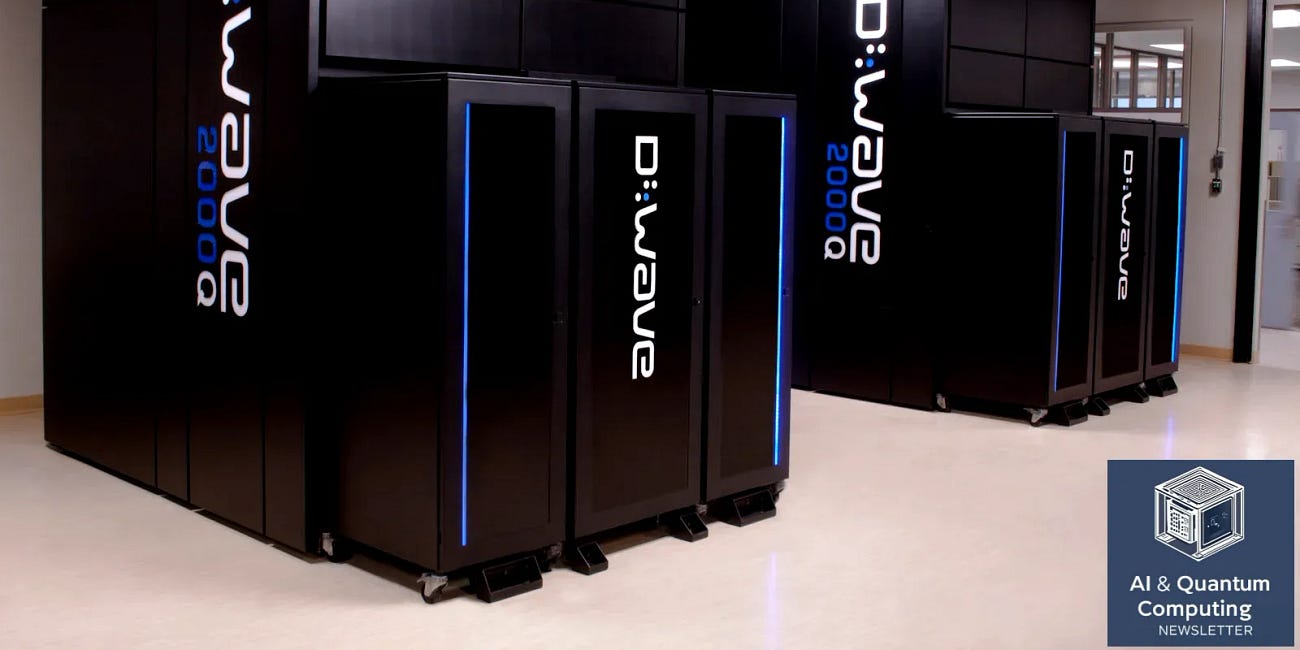Focus on Anthropic’s MCP Protocol, Which OpenAI Is in the Process of Adopting.
MCP is the up-and-coming protocol in the world of agentic AI.
Has OpenAI finally committed to the MCP protocol?
The American company has made a first integration official, in its Agents SDK. The ChatGPT API and desktop application are due to follow... “in the coming months”.
The MIT-licensed MCP (Model Context Protocol) specification comes from Anthropic. It standardizes the way LLMs access various resources (data, tools, and prompt models). It is inspired by LSP (Language Server Protocol), which facilitates the support of programming languages in development tools.
Resource servers can be local (stdio) or remote (HTTP). The client lifecycle is managed by host processes. Communication in this ecosystem is via JSON-RPC 2.0 messages.
WebSocket remains excluded for the time being
The latest version of the specification was published on March 26, 2025. Compared with the previous version (November 5, 2024), it establishes OAuth 2.0 as the standard authentication mechanism. It explicitly requires support for batching and enables tools to be annotated to better describe their behavior. The new iteration formalizes support for audio data (in addition to text and images). Finally, it restructures the HTTP transport mechanism.
Until now, this mechanism was based on SSE (Server-Side Events). This is now optional, eliminating the need for persistent connections.
The question arose of making WebSocket the main transport mechanism. In the end, this option was not taken up. Among other things, because it requires persistent connections, whereas MCP has an RPC-type model. Secondly, it does not support the transmission of HTTP headers, which complicates the authentication process. Finally, WebStocket doesn't allow POST requests to be transparently upgraded (some form of two-stage process would be required, adding complexity).
It was also decided not to offer WebSocket as an option to minimize the risk of incompatibilities between clients and servers. However, eventual integration is not ruled out if SSE fails to meet expectations.
Servers by the hundreds
MCP's optional features include pinging, logging, request cancellation and progress tracking, and list paging. Servers can also control the perimeter of access to a file system or explicitly indicate whether they can autocomplete arguments. MCP also enables them to nest inference requests. This opens the way, without an API, to the implementation of agentic capabilities.
The project maintains a list of reference servers. They are connected, for example, to Slack for channel management, to AWS Knowledge Base for RAG, or the Brave Search API for web search. In addition, there are dozens of “official” integrations. These are production servers maintained by companies in connection with their products. These include Cloudflare (for deployment and management of resources on its developer platform), Obsidian (search on notes in safes), and Qdrant (operation of the vector search engine).
A host of community servers has also been created. These range from incident investigation on Grafana to pod deployment on Kubernetes and Spotify playlist management.
D-Wave's Quantum Computer Solves a Previously "Impossible" Problem in a Matter of Minutes.
Whenever major new advances are made in quantum computing, you're used to seeing the names of tech giants like Google, Microsoft or IBM pop up. If it's not them, it's up-and-coming Chinese giants who are making the buzz. Today, the headlines in the world of quantum computing are monopolized by a company with less stock market clout, but which presents i…
Who Will Pay the Accurate Price of Artificial Intelligence?
Is the party in the AI world about to end?
With Zuchongzhi 3.0, China Unveils a Quantum Computer 10¹⁵ Times Faster Than Existing Supercomputers.
The technological rivalry between the USA and China is intensifying, particularly in quantum computing, which is now considered a major technological challenge. Recently, Microsoft unveiled Majorana 1, the first quantum chip based on a topological architecture





